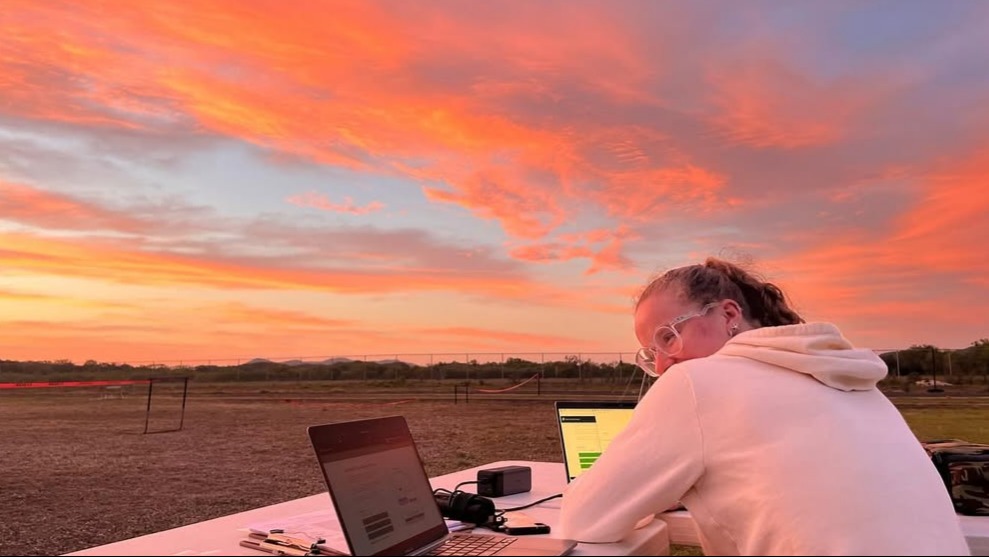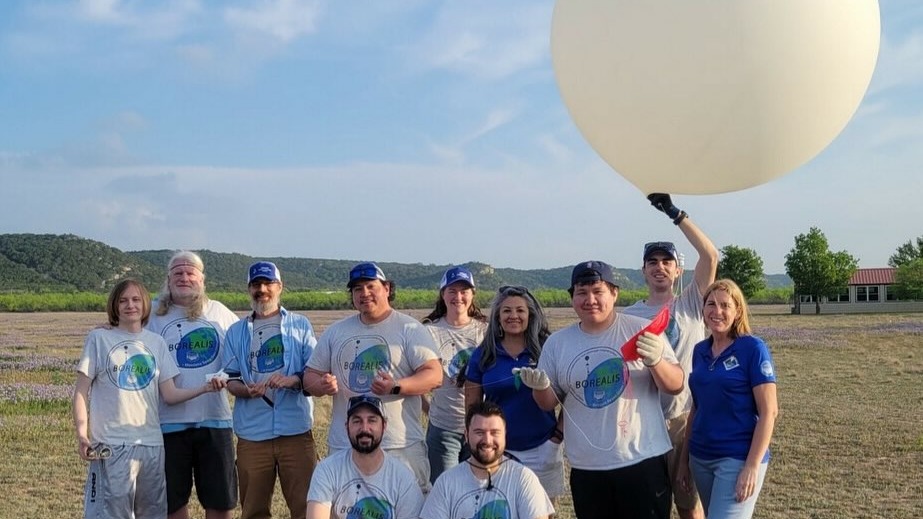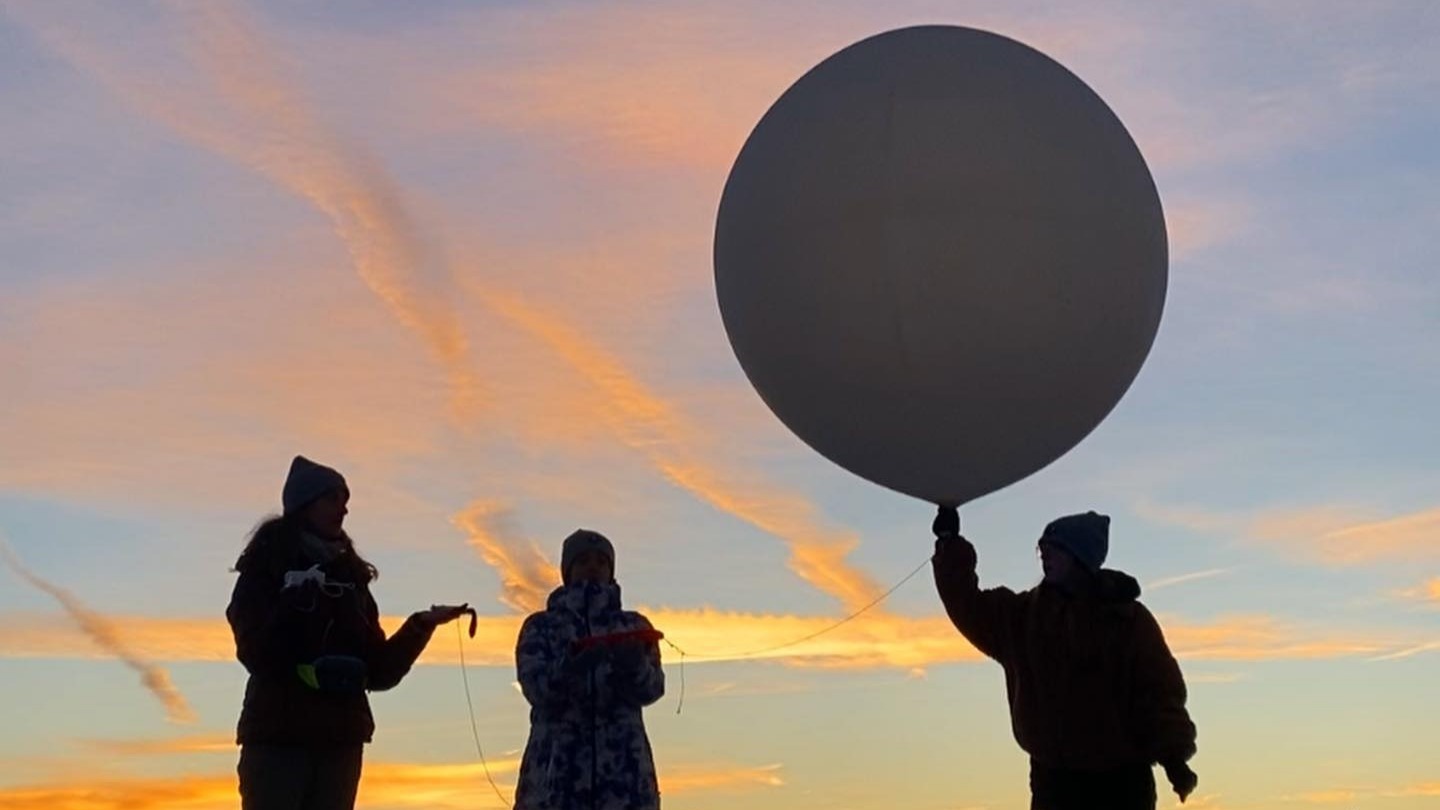NEBP Media Coverage
Social Media
National and International Media Outlets
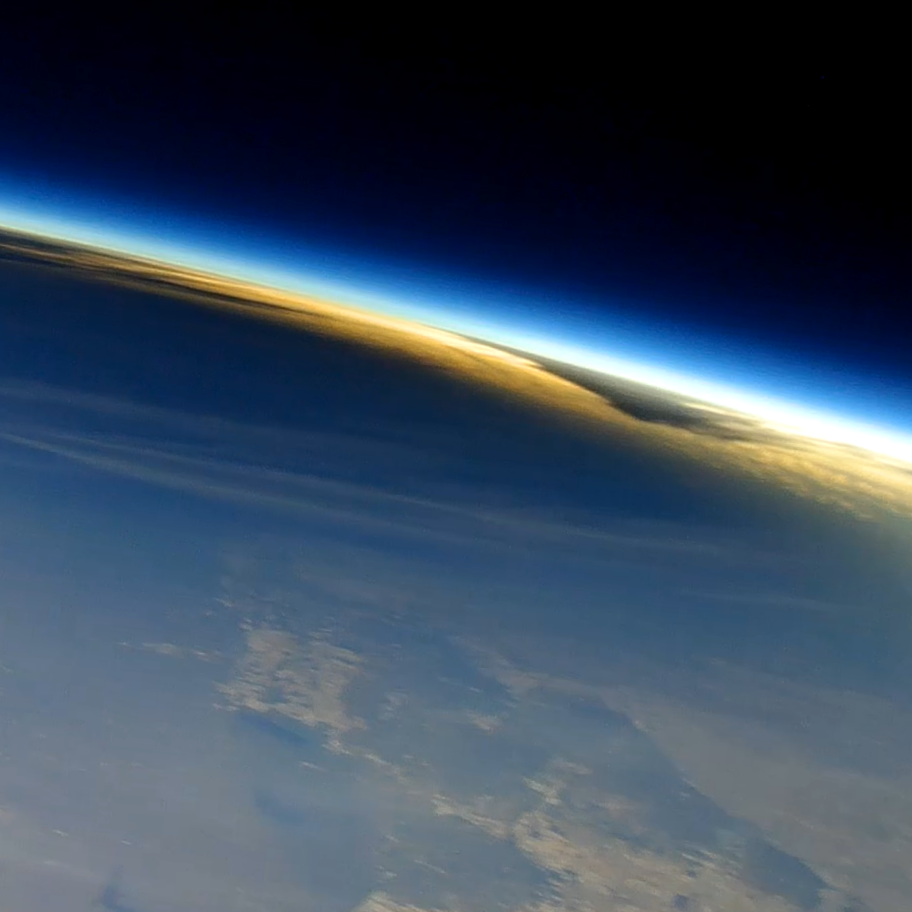
December 10, 2024
Unique studies of gravity waves, atmospheric holes and dazzling coronal displays will
accompany April’s total solar eclipse across the U.S., Mexico and Canada...
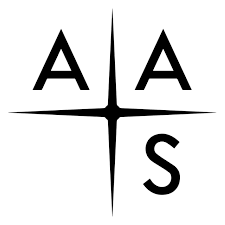
June 12, 2024
This Press Conference is 244th meeting of the American Astronomical Society in Madison,
Wisconsin on June 12th 2024, presented by Dr. Angela Des Jardins.
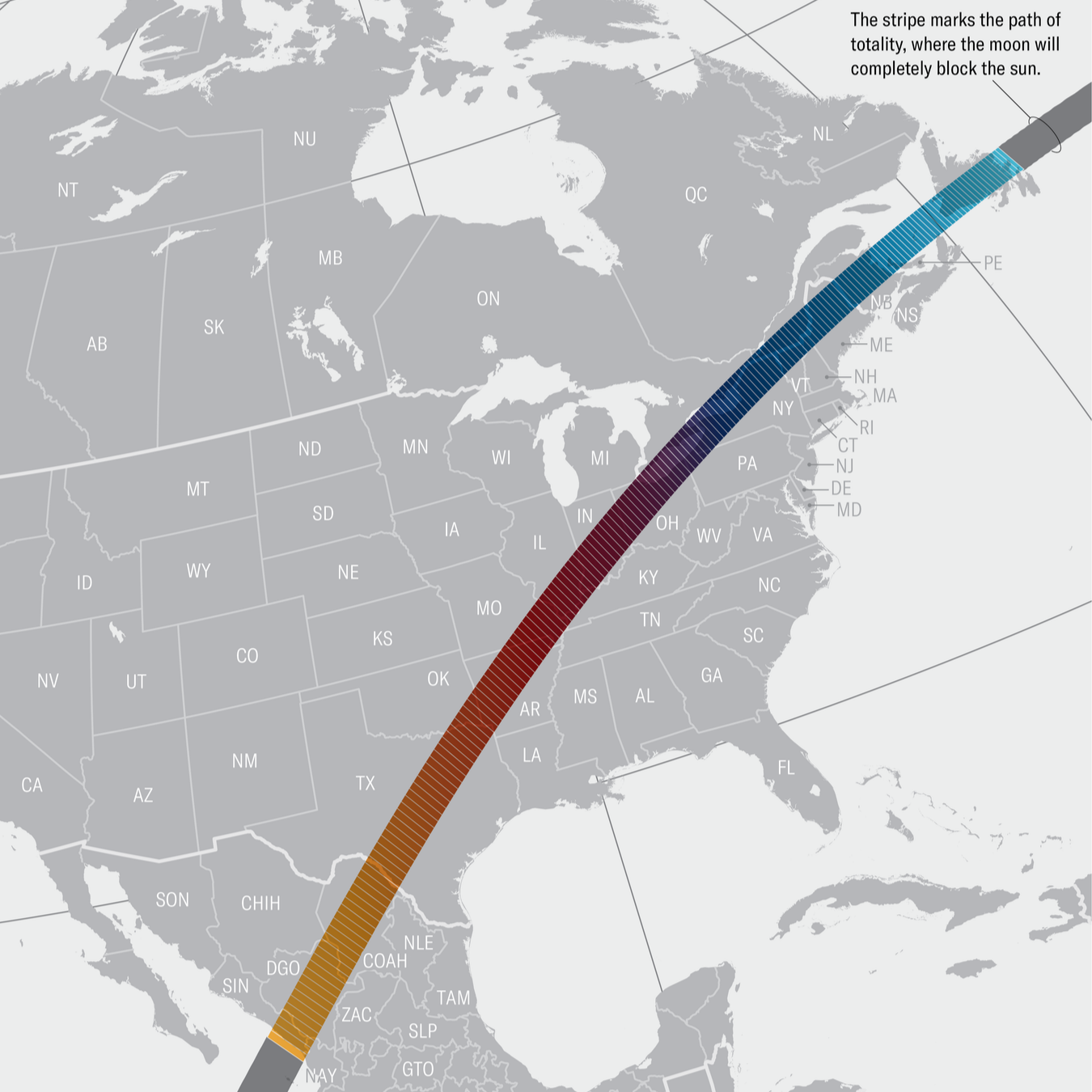
January 3, 2024
Unique studies of gravity waves, atmospheric holes and dazzling coronal displays will
accompany April’s total solar eclipse across the U.S., Mexico and Canada...
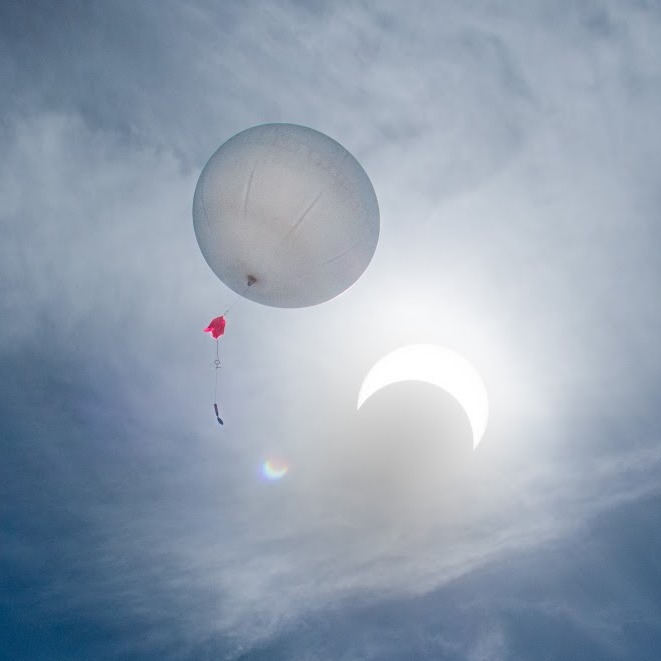
September 25, 2023
During the morning on Saturday, Oct. 14 over 1,000 balloons will float 20 miles up
in the stratosphere over Oregon, Nevada, Utah, New Mexico and Texas just as a solar
eclipse sweeps across the U.S Southwest...
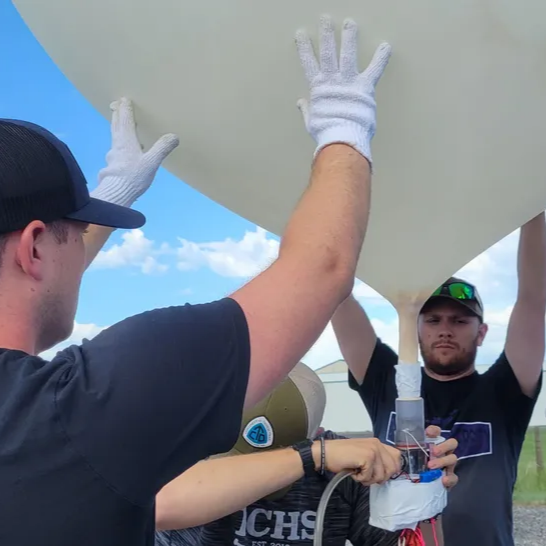
April 6, 2023
Teams of high school and college students from across the country are preparing small
experiments to accomplish big science during two upcoming eclipses. Through the Nationwide
Eclipse Ballooning Project (NEBP), students will gain real-world STEM experience and
contribute valuable scientific and engineering data through their projects, which
will be carried by weather balloons into the upper reaches of Earth’s atmosphere...
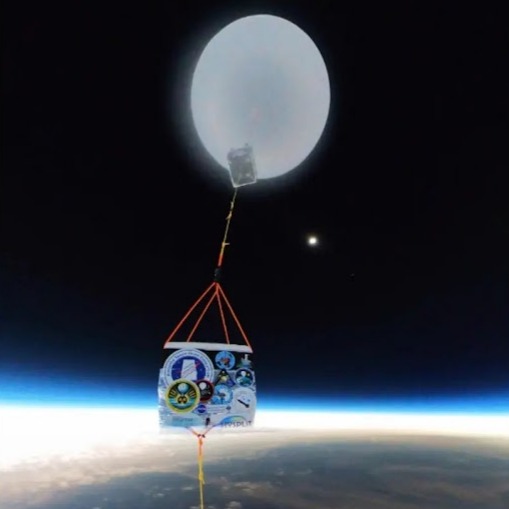
March 30, 2021
Last December, university students from the Idaho, Oklahoma and Montana Space Grant
Consortia traveled to Santiago, Chile under strict COVID-19 protocols to assist NASA
and the National Science Foundation with first-of-its-kind solar eclipse research...
Local and Regional Media Outlets
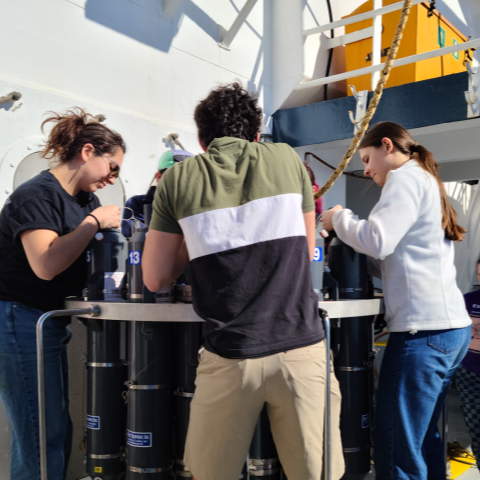
July 30, 2025
High-altitude weather balloons are taking Olin students to the edge of space. This
summer, four students, one alum, and faculty member Christopher Lee are measuring
cosmic rays thousands of feet above Earth as part of a NASA Science Activation program
(SciAct) project...
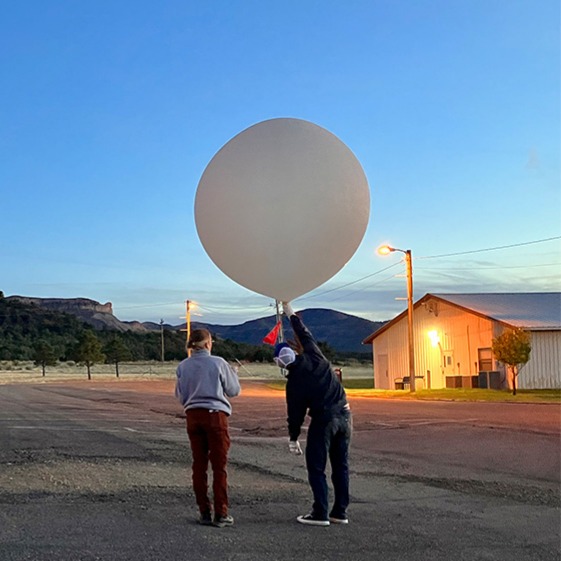
November 30, 2023
UND scientists, students launch weather balloons in Colorado to track atmospheric changes caused by solar eclipse...
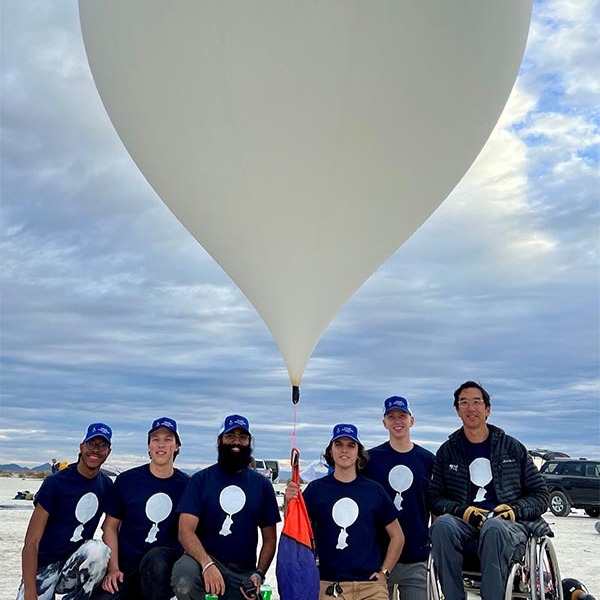
Mechanical Engineering students gather footage from high-altitude balloon during Annular
Eclipse
Nevada Today
Nevada Today
November 3, 2023
A team of Mechanical Engineering students operating a high-altitude balloon outfitted
with cameras helped live stream the recent annular eclipse as part of NASA’s Nationwide
Eclipse Balloon Project (NEBP). The group’s effort is shown in its YouTube video,
10/14 Annual Eclipse Ballooning Highlights...
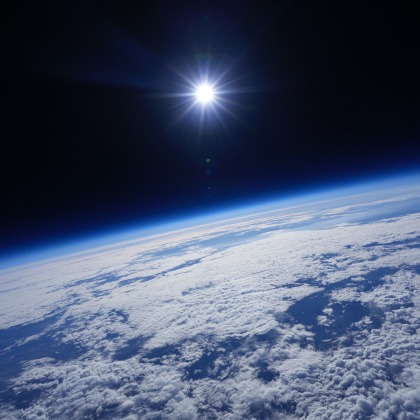
November 2, 2023
BOZEMAN, Mont. — Montana State University engineering students successfully completed
their goal of the nationwide Eclipse Ballooning Project...
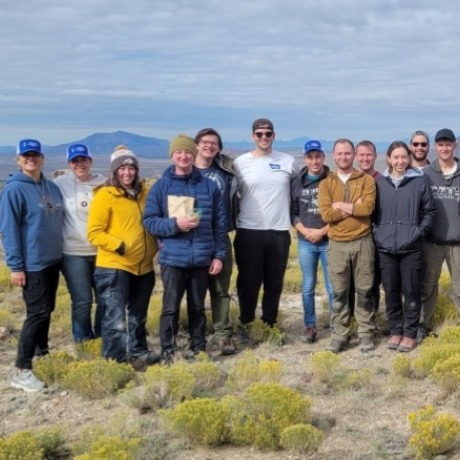
Montana State engineering students review ups and downs of ballooning mission during
October annular eclipse
Montana State University News
Montana State University News
November 1, 2023
BOZEMAN – Julius Caesar said experience is the teacher of all things, and after conducting
scientific experiments on the edge of space during the recent annular solar eclipse,
members of Montana State University’s Nationwide Eclipse Ballooning Project engineering
team couldn’t agree more...
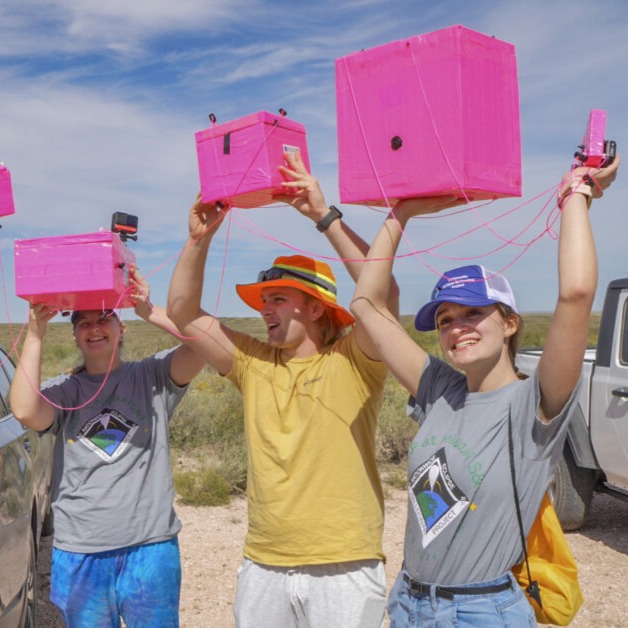
October 23, 2023
Earlier this month, a large, white object carrying a string of pink boxes was seen
floating through the sky not far from Roswell, New Mexico, but no one is blaming aliens,
as was the case during the community’s 1947 UFO incident...
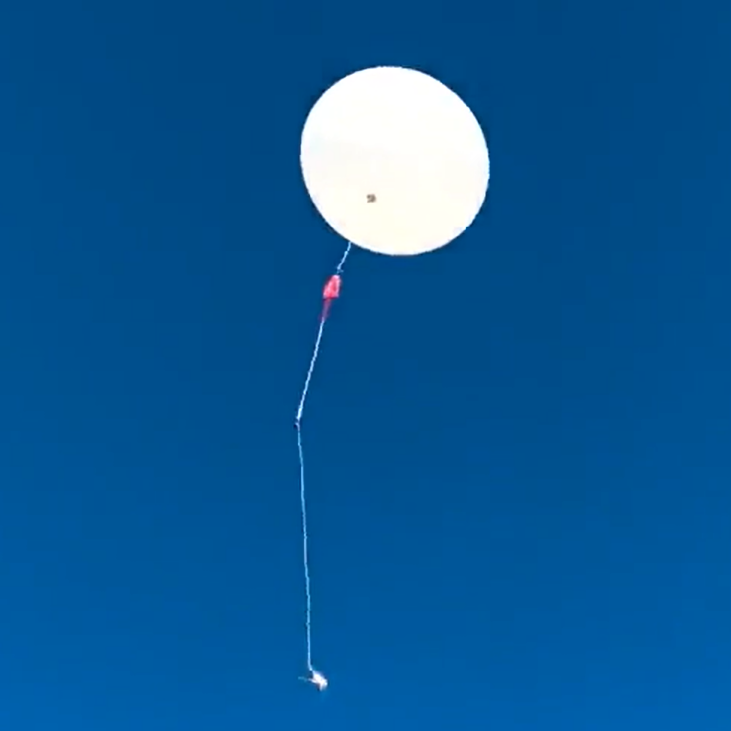
Students and professors at Plymouth State participate in NASA's Nationwide Eclipse
Ballooning Project
Manchester, New Hampshire News and Weather - WMUR
Manchester, New Hampshire News and Weather - WMUR
October 14, 2023
The Nationwide Eclipse Ballooning Project is a NASA-funded experiment that supports
college teams that took part in scientific ballooning during Saturday’s solar eclipse...
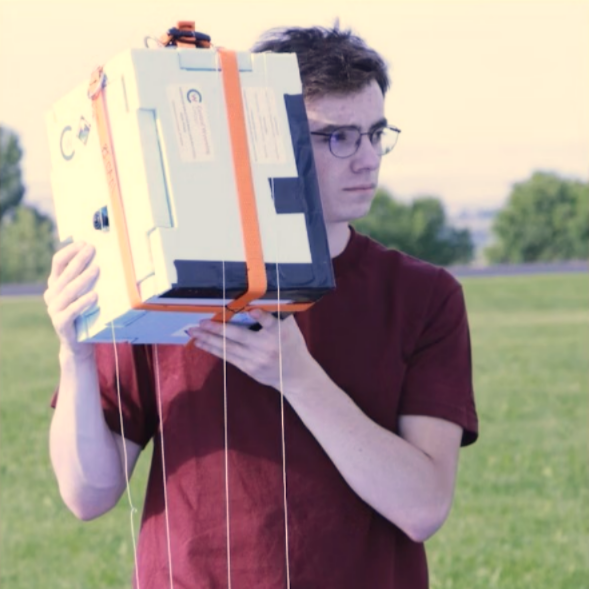
Wyoming Students To Launch Balloon 17 Miles Into Sky For NASA Eclipse Project
Central Wyoming College- Cowboy State Daily
Central Wyoming College- Cowboy State Daily
October 13, 2023
A small group of Central Wyoming College students is launching a balloon 17 miles
into the atmosphere for a NASA research project to collect information on Saturday’s
eclipse...
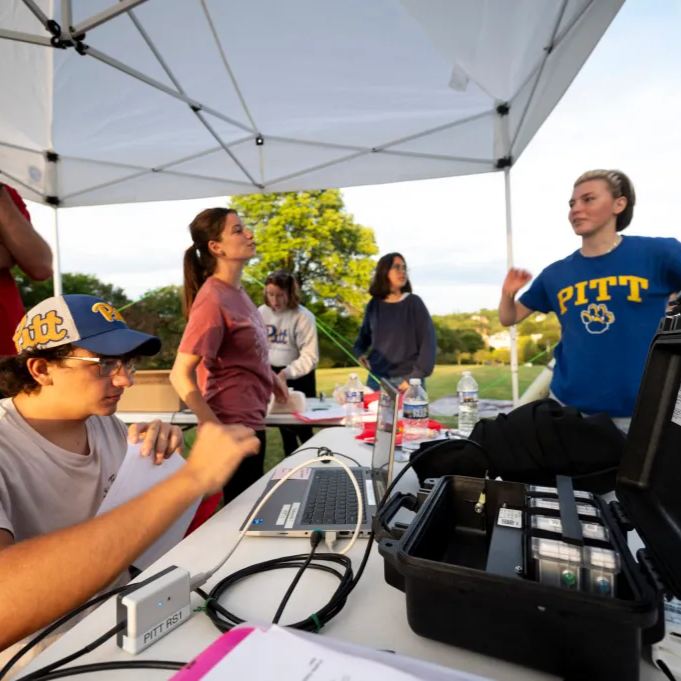
‘To have this opportunity now is amazing’: Pitt’s Shadow Bandits ready for eclipse
experiments
University of Pittsburgh- Pittsburgh Union Progress
University of Pittsburgh- Pittsburgh Union Progress
October 8, 2023
For most of us, a solar eclipse is a time to stay indoors and avert our eyes from
the sun — or buy the special eyeglasses that allow us to have a look...
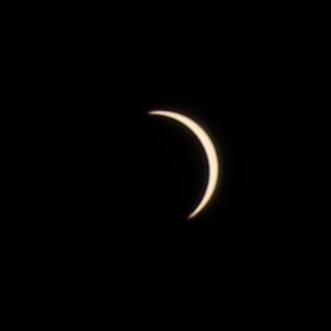
October 6, 2023
A team of six students and two faculty members are heading this week to New Mexico
to conduct research during the weekend's annular eclipse as part of the Nationwide
Eclipse Ballooning Project (NEBP)...
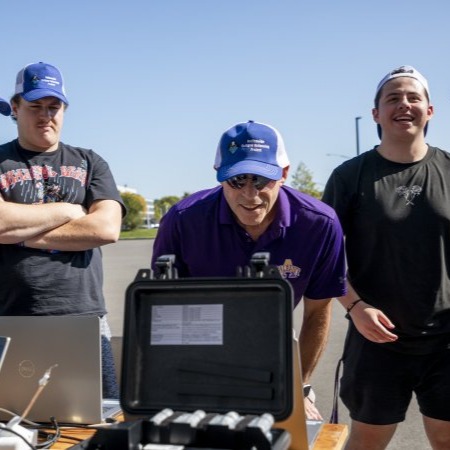
U Albany Students Prepare to Launch Weather Balloons for NASA Eclipse Project
University at Albany News
University at Albany News
October. 5, 2023
ALBANY, N.Y. — More than 1,000 weather balloons will float high up into the atmosphere
next Saturday as an annular solar eclipse sweeps across the United States — including
balloons launched by students at the University at Albany...
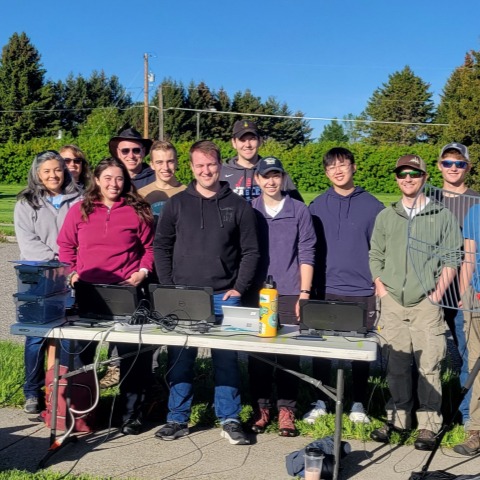
Montana State helps hundreds of student scientists prepare for Oct. 14 annular eclipse
Montana State University News
Montana State University News
October 2, 2023
BOZEMAN – When the moon slips between Earth and the sun on the morning of Oct. 14,
two teams of student scientists from Montana stationed along the annular eclipse’s
path will send equipment high into the atmosphere to collect data for experiments
they began designing three years ago and will repeat during a total solar eclipse
in April 2024...
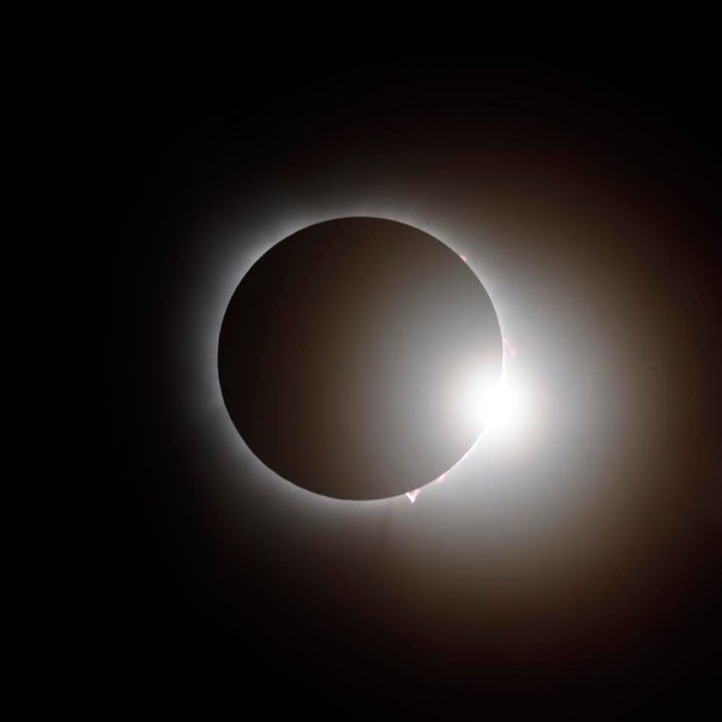
October 1, 2023
HANOVER — The moon will eclipse the sun twice in the next six months. At both instances,
a squad of Hanover High students will be pulling the strings on a NASA atmospheric
balloon project meant to collect data on the celestial phenomena...
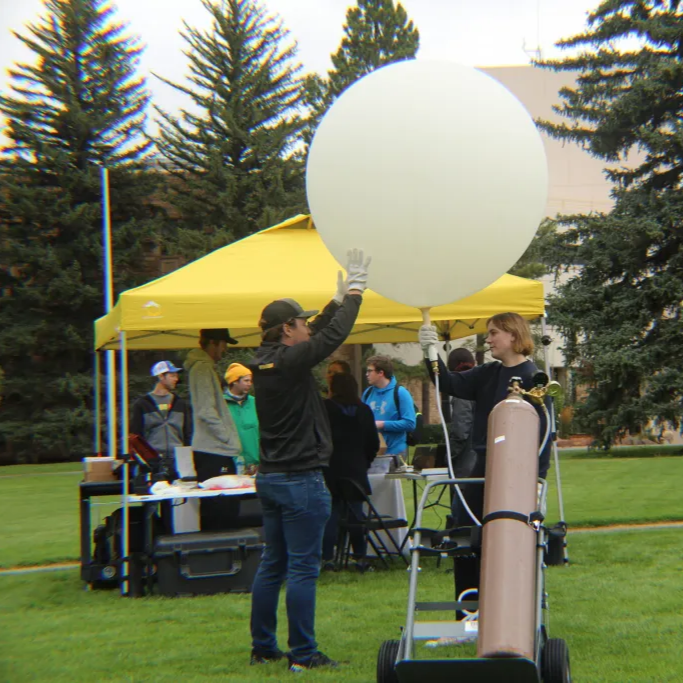
September 19, 2023
On Wednesday Sept. 14, a team of University of Wyoming students participating in the
National Eclipse Ballooning Project (NEBP) completed their last test launch in preparation
for two upcoming launches set for the annular solar eclipse on Oct. 14, and the total
solar eclipse on April 4, 2024...
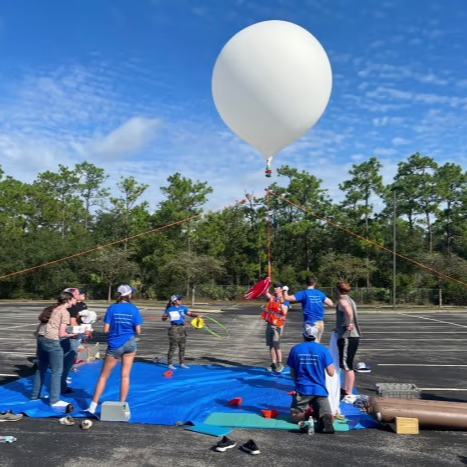
Students and professors at Plymouth State participate in NASA's Nationwide Eclipse
Ballooning Project
University of North Florida- News4Jax
University of North Florida- News4Jax
September 17, 2023
Local college students are helping NASA collect data by using a high altitude weather
balloon...
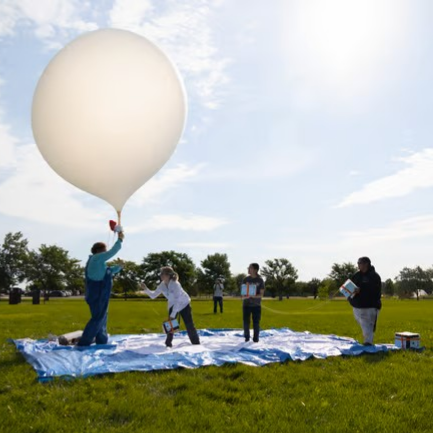
August 5, 2023
(Riverton, WY) – Counting down from 10, because that’s what NASA does, Central Wyoming College launched
a high altitude balloon just after 9 am on Monday morning, July 31. This was their
first test launch for the Nationwide Eclipse Ballooning Project, funded by NASA and the National Science Foundation...
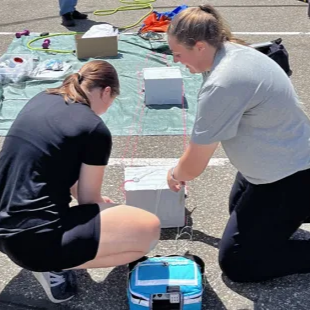
St. Kate’s team selected by NASA for National Eclipse Ballooning Project
St. Catherine University News
St. Catherine University News
July 26, 2023
A team from St. Catherine University has received a grant from the Montana Space Consortium
to participate in the National Eclipse Ballooning Project (NEBP). Through the NEBP,
teams of high school and college students from across the country will conduct research
during upcoming solar eclipses in 2023 and 2024 by sending weather balloons into the
upper reaches of the earth’s atmosphere...
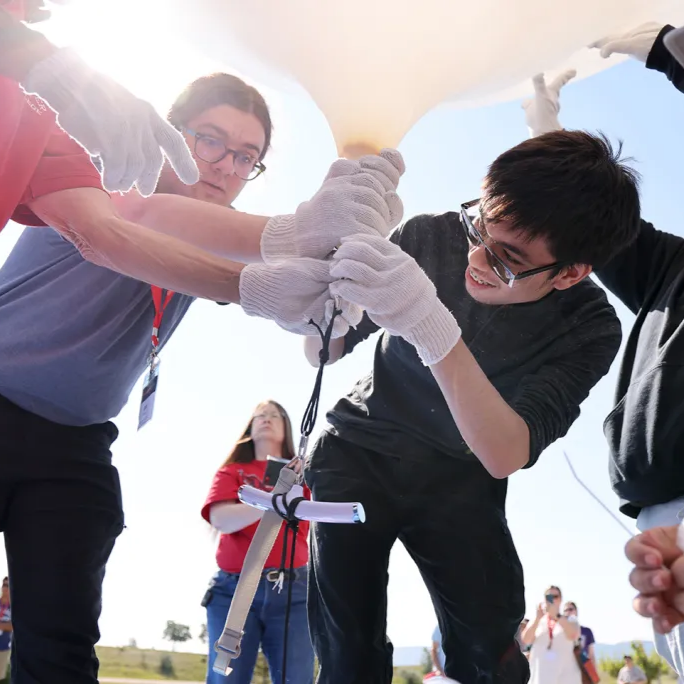
High-altitude balloon launched at Casper College for upcoming eclipse study
Casper College- Oil City News
Casper College- Oil City News
July 21, 2023
CASPER, Wyo. — Excitement and anticipation reverberated through a small crowd on Friday
morning as a high-altitude balloon was carefully inflated and slowly raised after
hours of painstaking preparation...
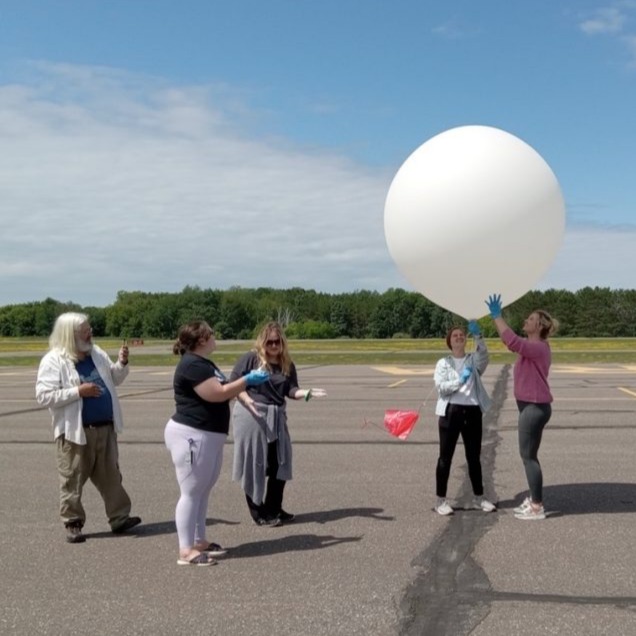
July 18, 2023
Over the next year, six St. Cloud State University College of Science and Engineering
(COSE) students along with faculty lead, Assistant Professor Rachel Humphrey, are
preparing to take part in the NASA Nationwide Eclipse Ballooning Project (NEBP)...
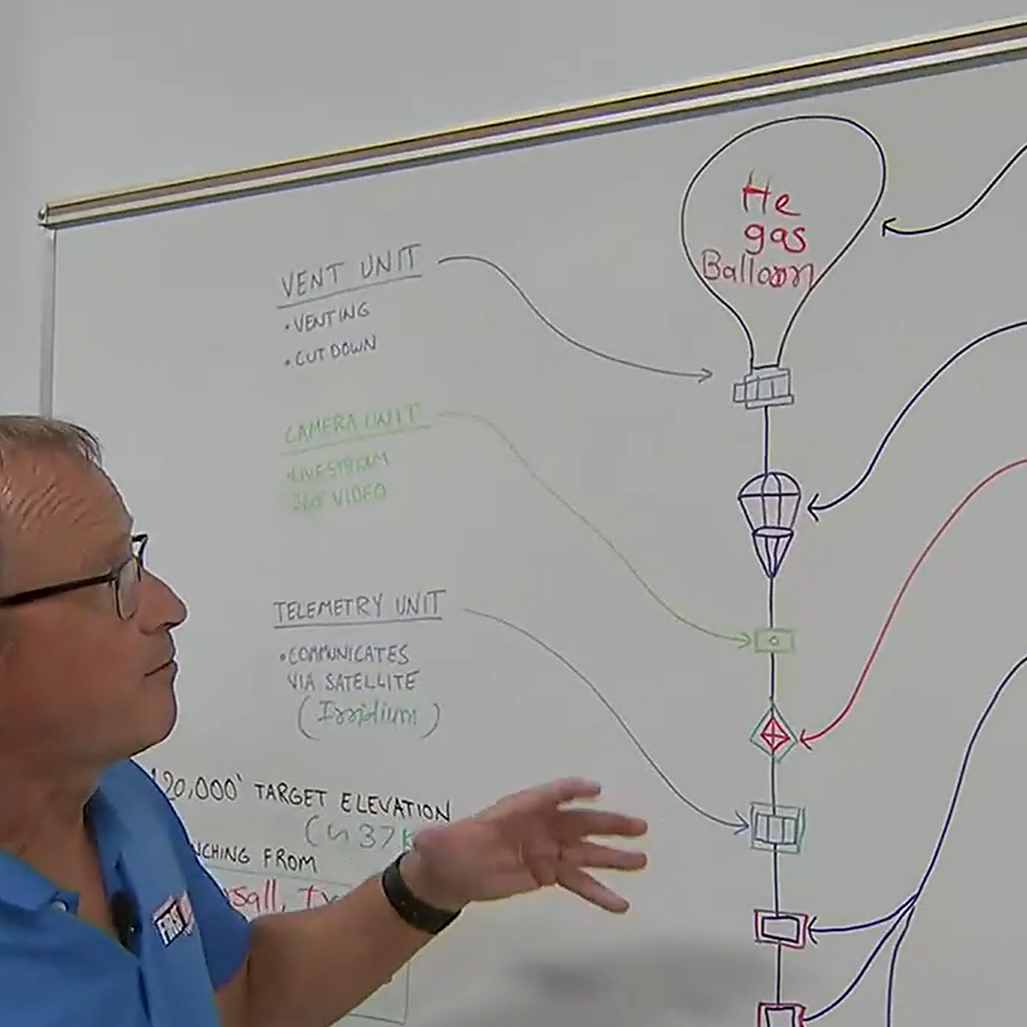
Two solar eclipses set to dazzle the United States in the coming months
University of North Florida- Action News Jax
University of North Florida- Action News Jax
June 28, 2023
JACKSONVILLE, Fla. — Excitement is building among astronomy enthusiasts and sky gazers
as the United States gears up to witness not just one, but two solar eclipses within
the next nine months...
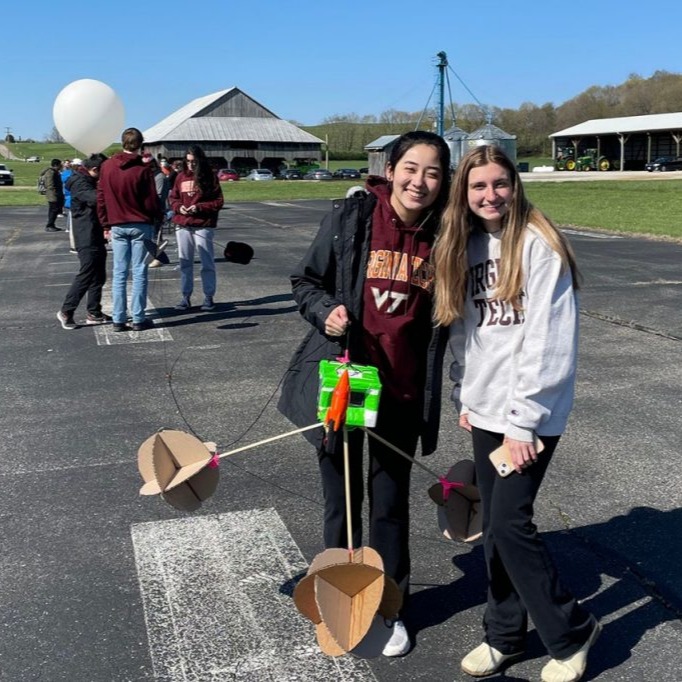
Upcoming solar eclipses offer experiential learning opportunities for future engineers
Virginia Tech News
Virginia Tech News
June 20, 2023
Virginia Tech is among 50 university teams participating in NASA's scientific ballooning
research mission during upcoming eclipses in October and April...
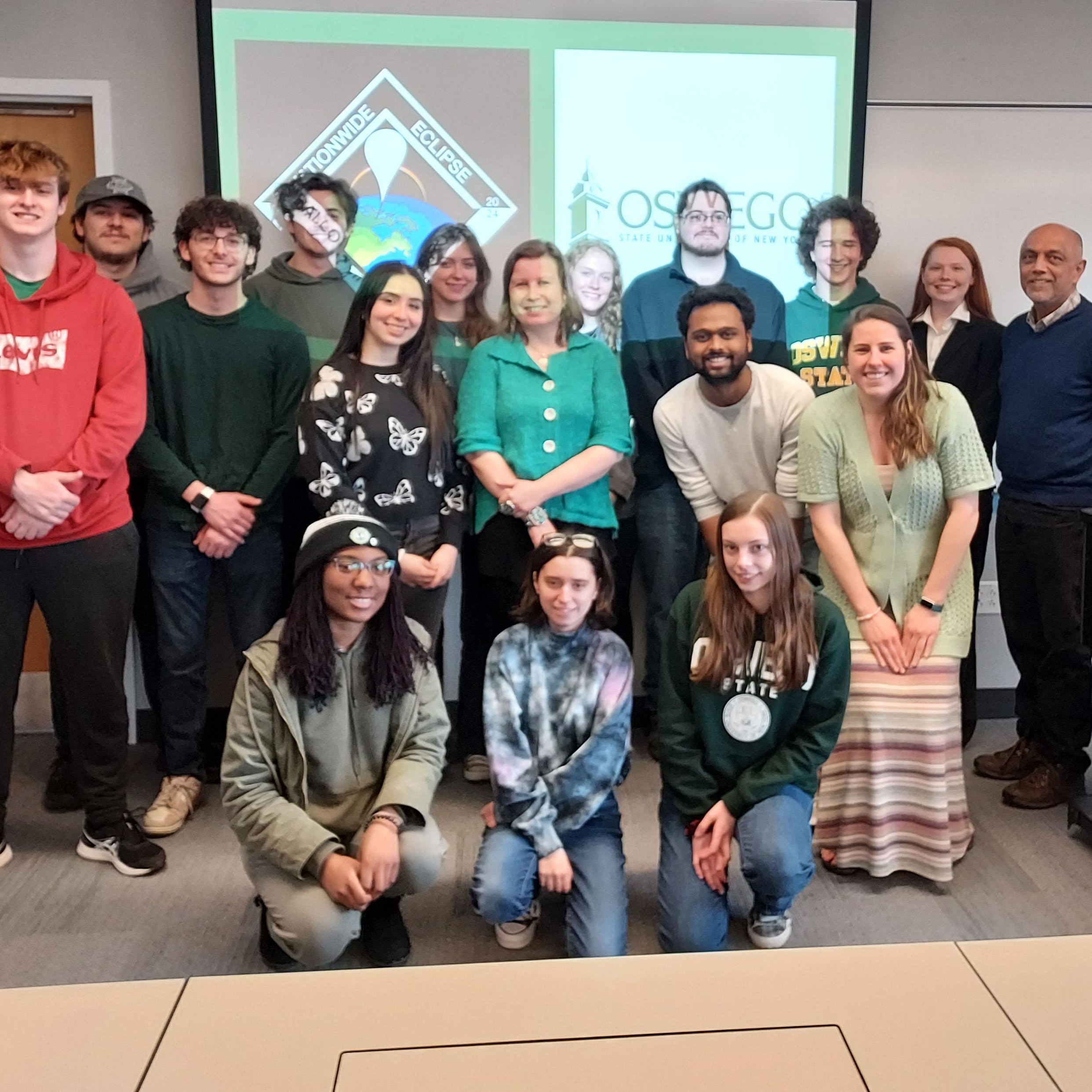
June 13, 2023
Several SUNY Oswego students will travel to New Mexico this October and in April 2024
to research the upcoming eclipse, and more will engage in eclipse-related experiments,
thanks to funding from NASA and the National Science Foundation (NSF)...
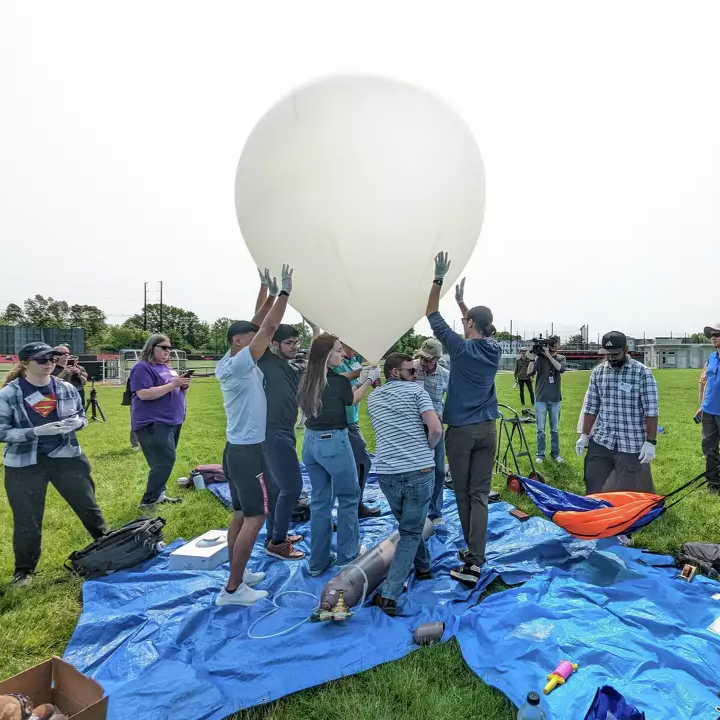
'Definitely not a spy balloon': CT students launch weather balloon with NASA
Connecticut News- CT Insider
Connecticut News- CT Insider
May 29, 2023
On Wednesday, the students were launching two balloons. One will rise to an altitude
of 60,000 feet carrying a payload of sensors and radio transponders. At that height,
the balloon will burst, releasing the payload on a small parachute...
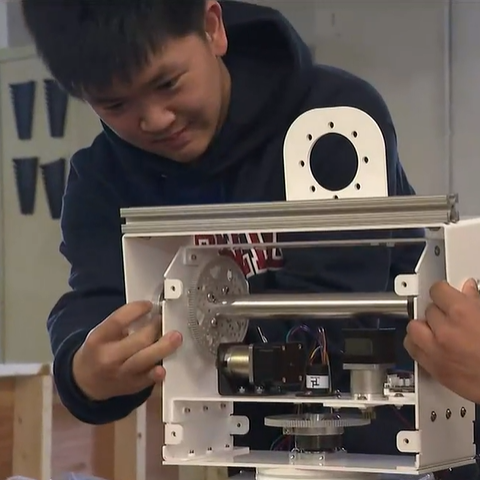
May 9, 2023
HANOVER, N.H. (WCAX) - A group of Upper Valley teens are getting an out-of-this-world
experience in a unique collaboration with NASA and the National Science Foundation...
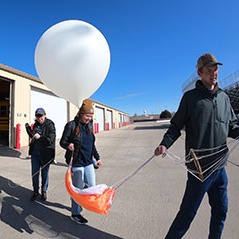
UW Students to Participate in Nationwide Eclipse Ballooning Project This Fall and
Next Spring
University of Wyoming News
University of Wyoming News
May 8, 2023
A team of eight University of Wyoming students will have the opportunity this fall
and in spring 2024 to conduct research with weather balloons during future eclipses
as part of the Nationwide Eclipse Ballooning Project (NEBP)...
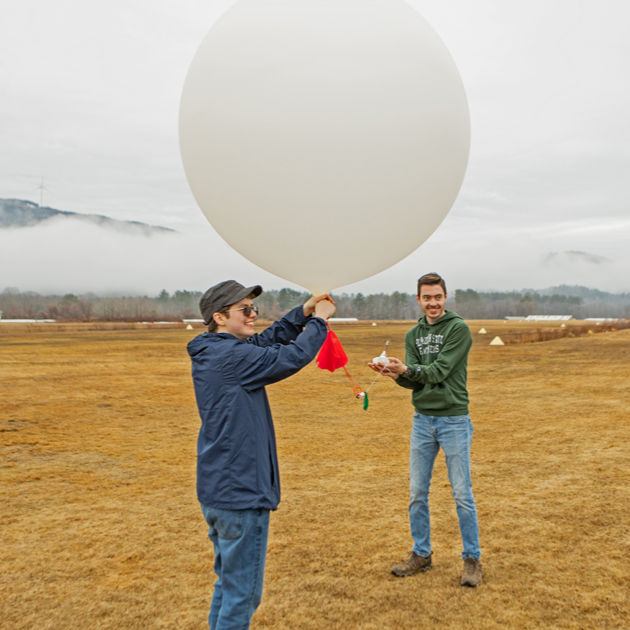
May 08, 2023
Plymouth State’s Cluster Learning model emphasizes projects that go beyond classroom
walls—sometimes far beyond. Interdisciplinary teams of PSU students and faculty are
part of a nationwide effort that will explore phenomenon miles above the Earth as
part of the NASA funded, Nationwide Eclipse Ballooning Project...
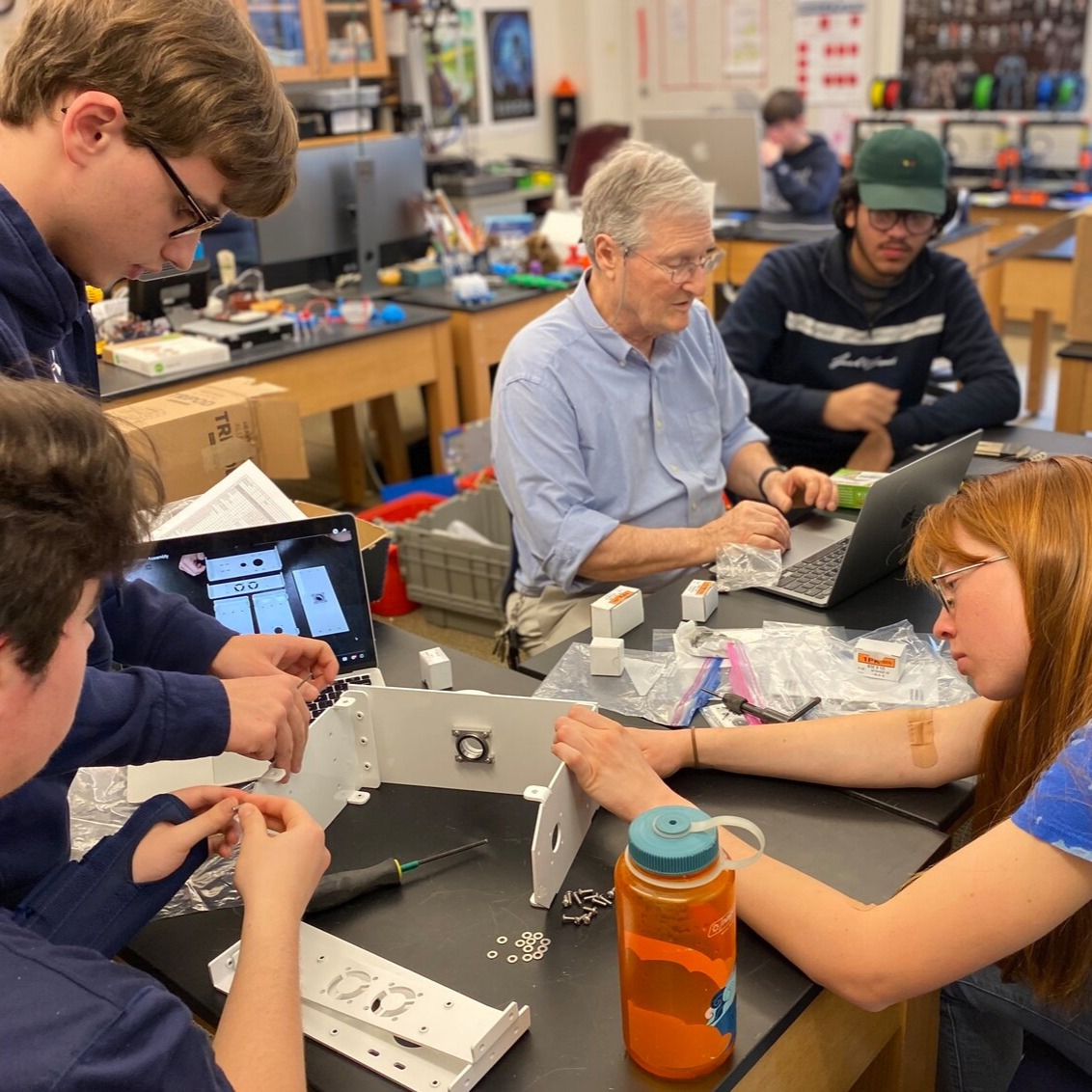
NASA selects student teams for high-flying balloon science
Springside Chestnut Hill Academy- Chestnut Hill Local
Springside Chestnut Hill Academy- Chestnut Hill Local
May 4, 2023
A cohort of four Springside Chestnut Hill Academy juniors and eight Drexel University
students were recently selected by NASA as one of 80 teams to prepare high-altitude
balloon launches during two upcoming eclipses. With a nod to their school mascots,
the joint team is called “Devil Dragon Ballooning.” ...
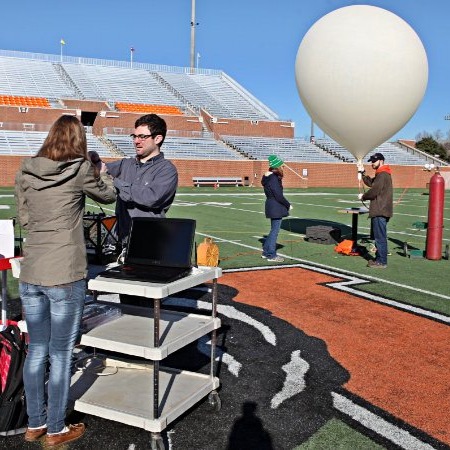
School of Engineering team to participate in nationwide eclipse ballooning project
Mercer University- the Den
Mercer University- the Den
April 4, 2023
MACON — A team from Mercer University School of Engineering has been selected to participate
in the Nationwide Eclipse Ballooning Project (NEBP), which will immerse students in
a NASA mission to collect and analyze data through stratospheric ballooning during
upcoming annular and total solar eclipses...
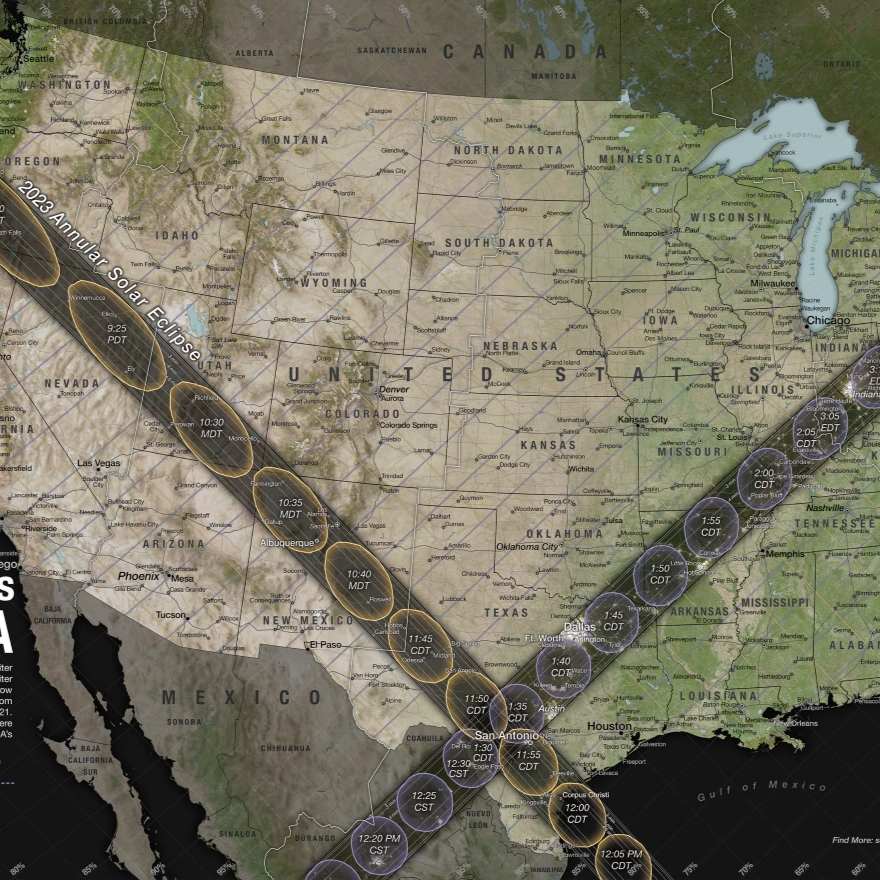
April 7, 2023
Parts of central and northern New York will have a front-row seat to a rare phenomenon
in the skies next April. A total solar eclipse will sweep through the U.S...
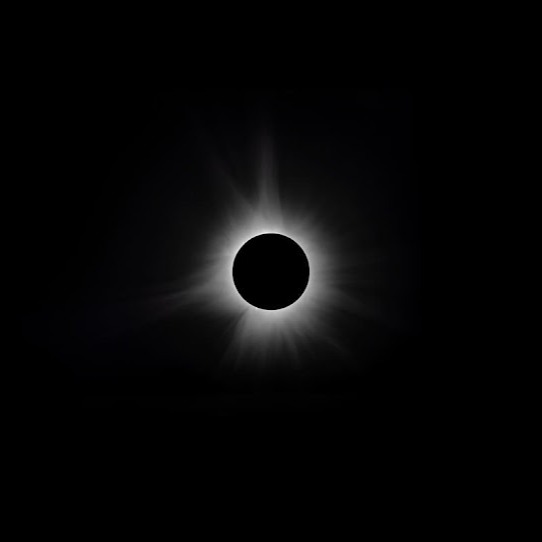
Mar. 29, 2023
JONESBORO, Ark. (KAIT) - With much of the nation expected to see an out-of-this-world
experience in 2024, many schools are preparing, including in Northeast Arkansas...
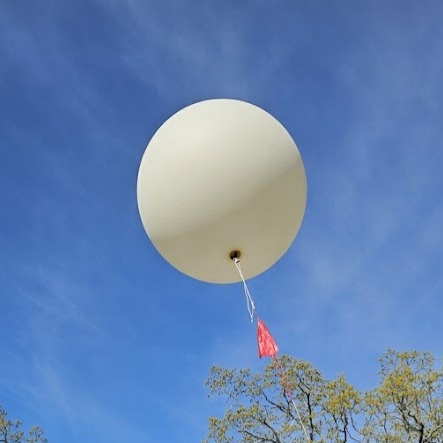
Montana State awarded $6.5 million NASA grant for eclipse ballooning in 2023 and 2024
Montana State University News
Montana State University News
October 18, 2022
BOZEMAN – Several hundred undergraduate students from around the country will experience
the zenith of 15 months of preparation on April 8, 2024, when the moon slips between
Earth and the sun, completely blocking views of the solar orb for just over four minutes
in parts of the continental United States...
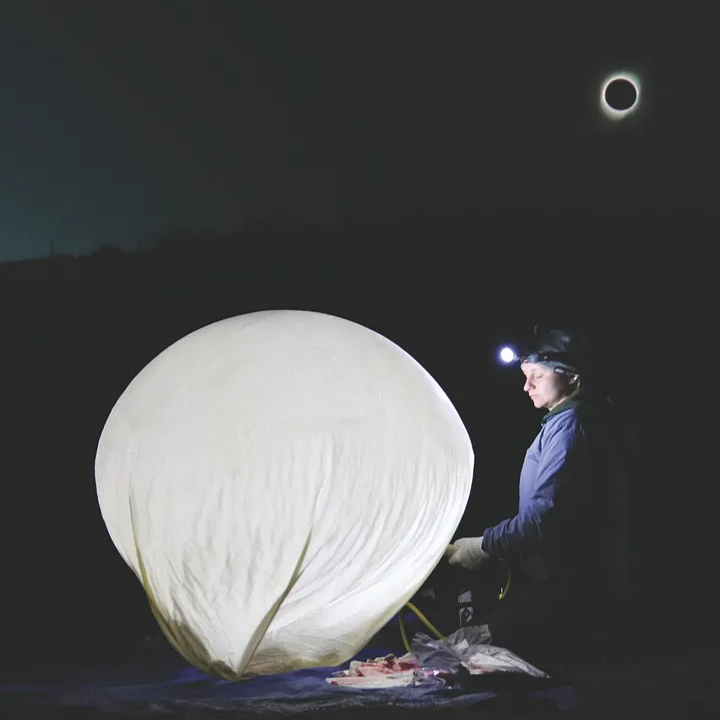
Jun 23, 2022
UM staff and students traveled 6,500 miles to southern Chile in the middle of a pandemic,
during finals, to launch 100 weather balloons in bad weather to study a total solar
eclipse. Could anything go wrong? ...
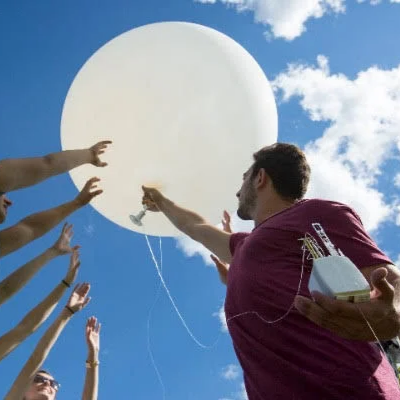
PSU team to launch weather balloons for national eclipse project
Plymouth State University- New Hampshire Union Leader
Plymouth State University- New Hampshire Union Leader
October 12, 2021
Plymouth State University meteorology students launch a weather balloon to collect
atmospheric data. A team from PSU will be launching weather balloons simultaneously
with approximately 100 other teams across the country during the upcoming solar eclipses
to study how the atmosphere reacts to a solar energy shutoff...
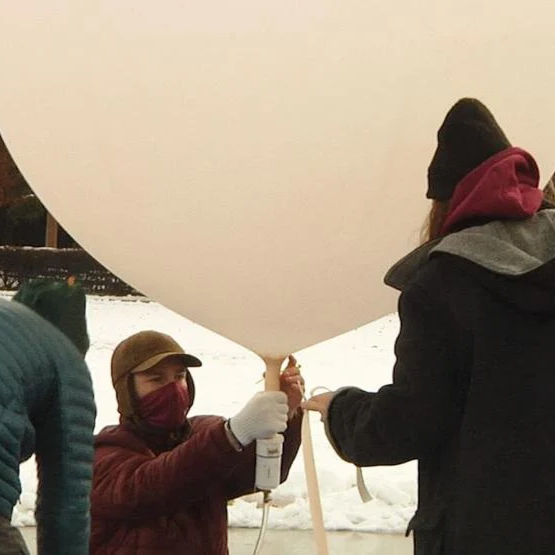
College students test launch balloon for science experiment at UM
University of Montana- NonStop Local Billings
University of Montana- NonStop Local Billings
Nov 14, 2020
MISSOULA -- A balloon launched into the sky as part of a science experiment at the
University of Montana on Saturday afternoon...
Press Contact
National Contact:
Dr. Angela Des Jardins
PI, National Eclipse Ballooning Project
angela.desjardins@montana.edu
406-994-6172
Media Contact:
Diana Setterberg
Montana State University Communications
diana.setterberg@montana.edu
(406) 994-1966

